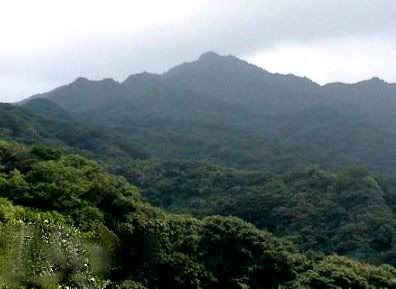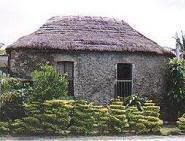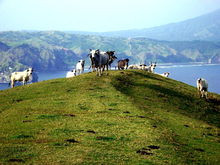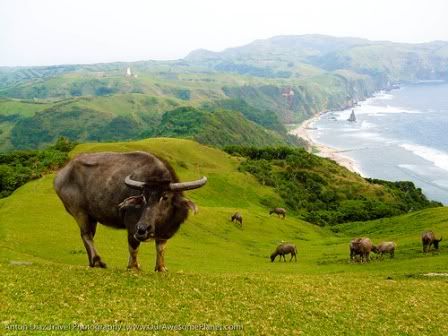Other Attractions
- Kanyuyan Beach & Port
- (Baluarte Bay, Basco). The port of call of the cargo ships bringing goods from Manila.
- Sitio Jura at Racujaide
- The fishermens village at Mananoy Bay. Fishing season is marked by a festivalin mid-March called Payvanuvanuan during which visitors are treated with fresh fish delicacies from the Pacific Ocean. Within the area is the legendary spring of Youth and a living cave with crystal limestone formations. Mananoy Bay is nine kilometers from Basco proper.
- Batanes Day (June 26)
- Marked with playground demonstrations, parades, the Palu-palo Festival, and other cultural events.
- Feast of Three Kings (January 6)
- On this day, the image of the Sto. Nino (Holy Child) is venerated in every home in Batanes.
- Ruins of Songsong
- A ghost barangay which is really a cluster of roofless shells of old stone houses abandoned after a tidal wave that hit the island of Batan in the 1950s. The area has a long stretch of beach. Located 23 kilometers from Basco.
- Radiwan Point
- Located at Ivana Seaport, this is the landing site of the Katipuneros on September 18, 1898, thus making it a very historical location. The falowas plying the islands of Sabtang and Itbayat are also stationed here.
- Other Places of interest in Batanes:
- House of Dakay (1887) a UNESCO heritage building.
- Lighthouses of Batanes
- St. Dominic de Guzman Parish Cathedral
- Mt. Iraya – A 1008-meter mountain on Batan Island.
- Mahatao View Deck
- Burial Caves – Pre-historic burial caves in the town of Itbayat.
- Sumhao Wind Power Plant
- Nakaboang Beach, Ark & Cave
- Beaches – Chadpidan Beach, White Beach and more.
- Payaman – known as “Marlboro Country”, a pasture overlooking farm fields & the Pacific Ocean.





